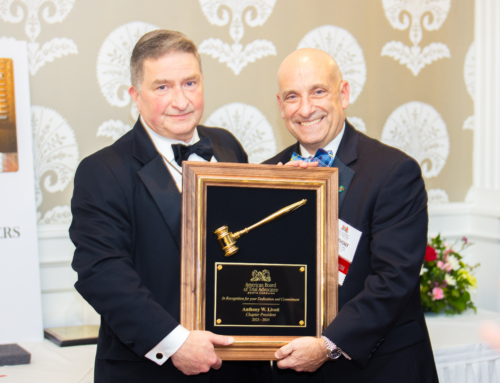Over the past few months, the South Carolina Supreme Court has issued a string of cases providing clarification on long-unresolved issues.
The Cases
In April, the Supreme Court issued two decisions interpreting the Contribution Among Tortfeasors Act. In the first decision, the Court answered questions regarding a product liability defendant’s ability to argue a plaintiff’s employer was the cause-in-fact of an injury. In the second decision, the Court clarified how apportionment of fault works in multi-tortfeasor cases by holding that a defendant who has settled cannot be included in the jury’s allocation of fault. In both cases, the Court displayed heavy deference to statutory language and the legislature’s ability to amend the statutes.
In May, the Court continued this trend by issuing a decision on comparative fault in crashworthiness suits. In Donze v. General Motors, LLC, Opinion No. 27719 (S.C. May 17, 2017), the Court held the defense of comparative negligence does not apply in crashworthiness cases, even if the plaintiff was intoxicated at the time of the accident.
The Findings in Donze
The underlying facts in Donze are straightforward. Plaintiff was a passenger in a 1987 pickup truck when the driver of his vehicle ran a stop sign, causing a collision. The initial impact fractured a rib and hip bone. However, the truck then burst into flames causing burns over eighty percent of Donze’s body. He claimed the fire resulted from the manufacturer’s decision to place the gas tank outside of the truck’s frame – an allegedly defective design.
The Defendant presented evidence in the case suggesting Donze and the driver were both smoking synthetic marijuana prior to the accident. In order to assert comparative fault as a defense, the manufacturer argued the joint enterprise theory required the driver’s intoxication be imputed to Donze. Moreover, the manufacturer argued public policy bars impaired drivers from recovering damages in crashworthiness cases.
Before South Carolina’s highest court weighed in on the issue, twenty-two states had addressed whether comparative negligence may be raised as a defense in a crashworthiness case. Of those twenty-two states, a strong majority – sixteen – answer that question in the affirmative. Only six do not allow a comparative fault defense in this context.
Adopting the minority rule, the Court continued a recent trend of deference to the legislature. Recently, the Court held that apportionment of fault against non-parties was something the legislature could have included in the Contribution Among Tortfeasors Act had it wanted to, and declined to read something into the statute that was not there. The Court in Donze reasoned the legislature could have expressly permitted comparative fault in products strict liability and breach of warranty actions. Because the statutes do not expressly permit comparative fault, the Court held comparative fault is not a defense. However, the Court also recognized the legislature is always capable of amending the statutes to permit the defense in the future.
The Court also held the underlying principles of comparative fault do not fit the mold of crashworthiness cases because crashworthiness claims by definition involve an underlying accident. Because damages are limited to the enhanced injuries caused by the vehicle’s manufacture or design, a plaintiff’s fault in causing the initial collision should not form part of the jury’s consideration of the enhanced damages.
Although the Court’s decision answers a long-disputed question of law in South Carolina, the Court cautioned against a broad reading of the decision to other areas of products liability. In a footnote, the Court explained that its ruling would not prevent a claim of comparative negligence relating to the defective component itself, such as tying a door shut after learning that it had a bad latch. Moreover, in a brief concurrence, Justice Kittredge wrote, “I would caution courts from reading today’s result too broadly.”
Bottom Line
The key question for manufacturers and attorneys going forward is how far will the Donze decision reach into other areas of products liability.
- If a manufacturer of industrial machinery fails to include a safety guard in its design of a hydraulic press, will the user’s failure to practice lockout/tagout procedures be available as a defense?
- Will foreseeable but highly improper use of a product be effective to avoid liability?
The cautionary language from the Court in Donze indicates courts should be cautious to extend its reasoning to these other areas. Nonetheless, these arguments will certainly be made by plaintiffs going forward. Of course, as the Court in Donze suggests, the legislature can always step in to further clarify these issues.
Raymond Moore III and Wesley B. Sawyer are attorneys with the Murphy & Grantland law firm in Columbia. The firm defends businesses and professionals in broad variety of civil matters before State and Federal Courts.







